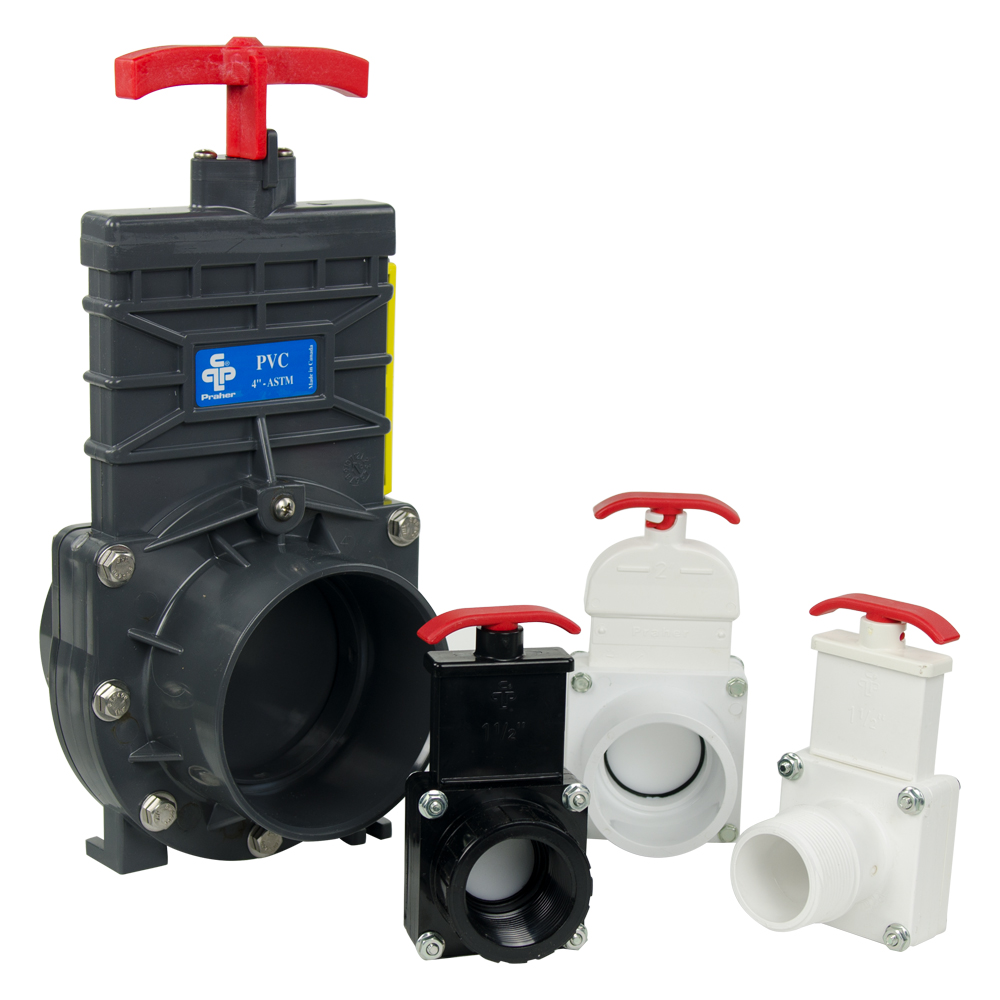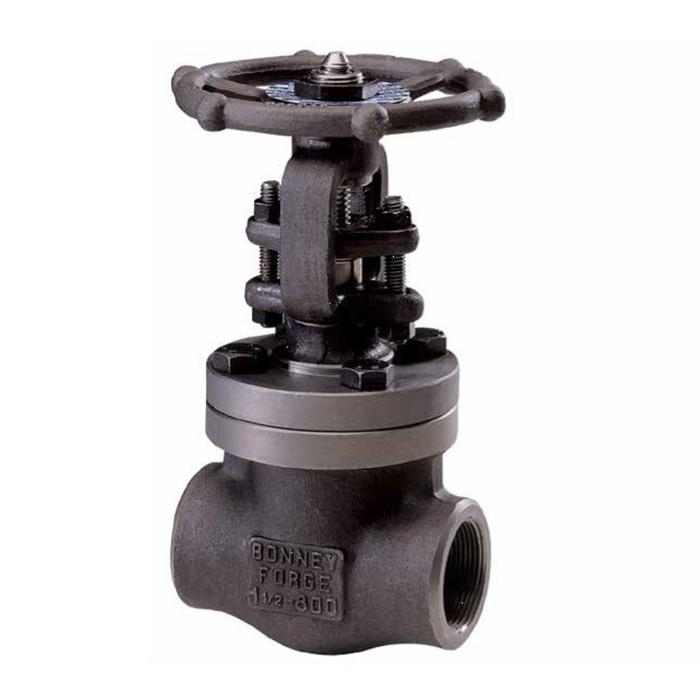As ball valves start to become more popular, gate valves may not be used as often as they used to be, but for some applications, they are the perfect choice. Irrigation applications still use gate valves because some of the drawbacks that led to the replacement of ball valves are not an issue when it comes to irrigation.
In this article, we'll look at the differences between gate valves and knife valves and explore why gate valves are still popular in certain applications. Let's get started.
Both gate and knife valves are linear motion valves that include a flat, closed element called a gate. By turning the handwheel counterclockwise to open and clockwise to close, the gate inside the valve slides up and down. For knife valves, you simply slide the gate by pushing or pulling the handle. Both types of valves move the gate into the flow of water to completely stop the flow of fluid.

Gate and knife valves are designed to minimize the pressure drop across the valve. In the fully open position, the diameter of the opening through which the fluid passes are equal to the diameter of the pipe and the direction of flow does not change.

Gate valves can be found wherever economical closure is required. Gate valves are ideal for any application involving slurries because gate valves can cut right through. Gate valves are also commonly used in applications where heavy oils, light greases, varnishes and other non-flammable liquids are used.
Gate valves are perfect for irrigation systems that require high flow rates. Gate valves are slow to close because it takes a few turns to open or close the gate, so flow starts and stops more slowly than with ball valves. Gate valves are very common in irrigation systems because the closing speed is not as important as the strength to support high flow rates.
Recommended article:Most gate valves have metal-to-metal seats that do not create a positive seal and sometimes cause leakage, whereas ball valves close tightly. Gate valves also have a tendency to jam if they are not used for a certain period of time, resulting in leakage at the stem packing.
Gate valves can be used where a throttling function is required; however, they are generally not recommended because vibrations in gate valves can erode the seat and valve flap, causing the valve to leak over time.
While gate valves may not be the most popular valves on the market, they are still a suitable choice for certain functions. Please note the location and situation in which you need the valve to determine which type of valve is best for you. Check here and find more types of valve.
More info pls check here, you will get the latest news about all types of valves.
1721
0
1
All Comments (0)
Previous: Features of slurry pump
Next: Working Principle, Advantages And Disadvantages of Ball Valve
Related Articles
If you are interested in sending in a Guest Blogger Submission,welcome to write for us!
Comments